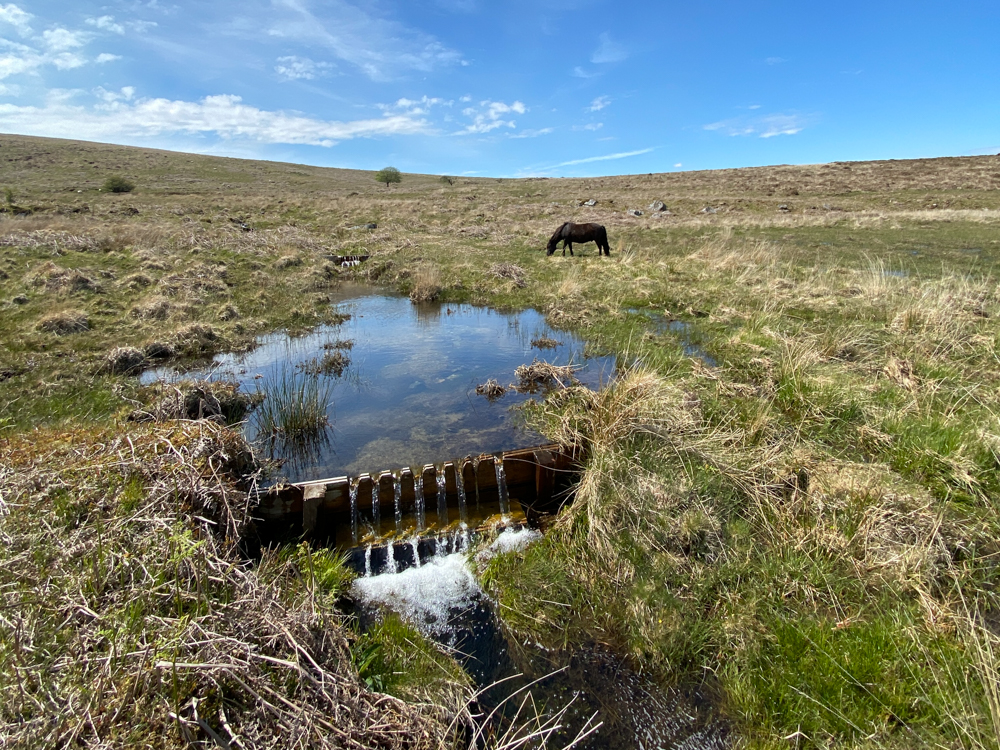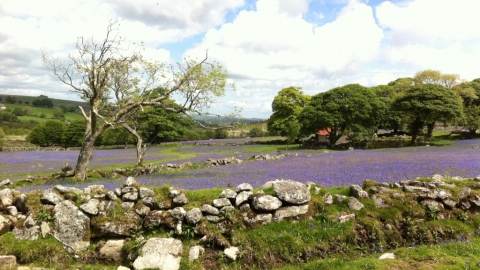What wildlife-rich looks like:
Lightly-grazed, open habitatThe natural environment in which an animal, plant or other organism lives. More mosaics on healthy acidic, nutrient-poor soils across Devon. Includes dry and wet heaths with scattered trees and scrubLand with thick vegetation that includes wildflowers, grasses, shrubs and trees of different ages an... More, wet mires and blanket bogs, rush pastures and wet woodlands and extensive blanket bogs. The mosaics and varied structure are teeming with plants and invertebrates. Dunlin nest in the upland blanket bogs, drumming snipe and clapping nightjars can be heard over wetlands and heaths. SpeciesA group of similar organisms that can breed and exchange genes. More such as cuckoo, whinchat and curlew nest across the county again.


